The Robert Olnick Pavilion, a remarkable addition to the MagaZZino museum complex in Cold Spring, United States, stands as a testament to architectural elegance and functionality. Designed by Alberto Campo Baeza and MQ Architecture and completed in 2023, this pavilion seamlessly integrates into the museum’s existing structure while offering a distinctive space for exhibitions and events.
Conceptualization and Design
The architects envisioned a structure that exudes simplicity and sophistication while complementing the aesthetic of the main building. The pavilion, arranged perpendicular to the existing complex, creates a unified space between the two structures. Its strategic positioning allows for functional efficiency while maintaining visual harmony with the surroundings.
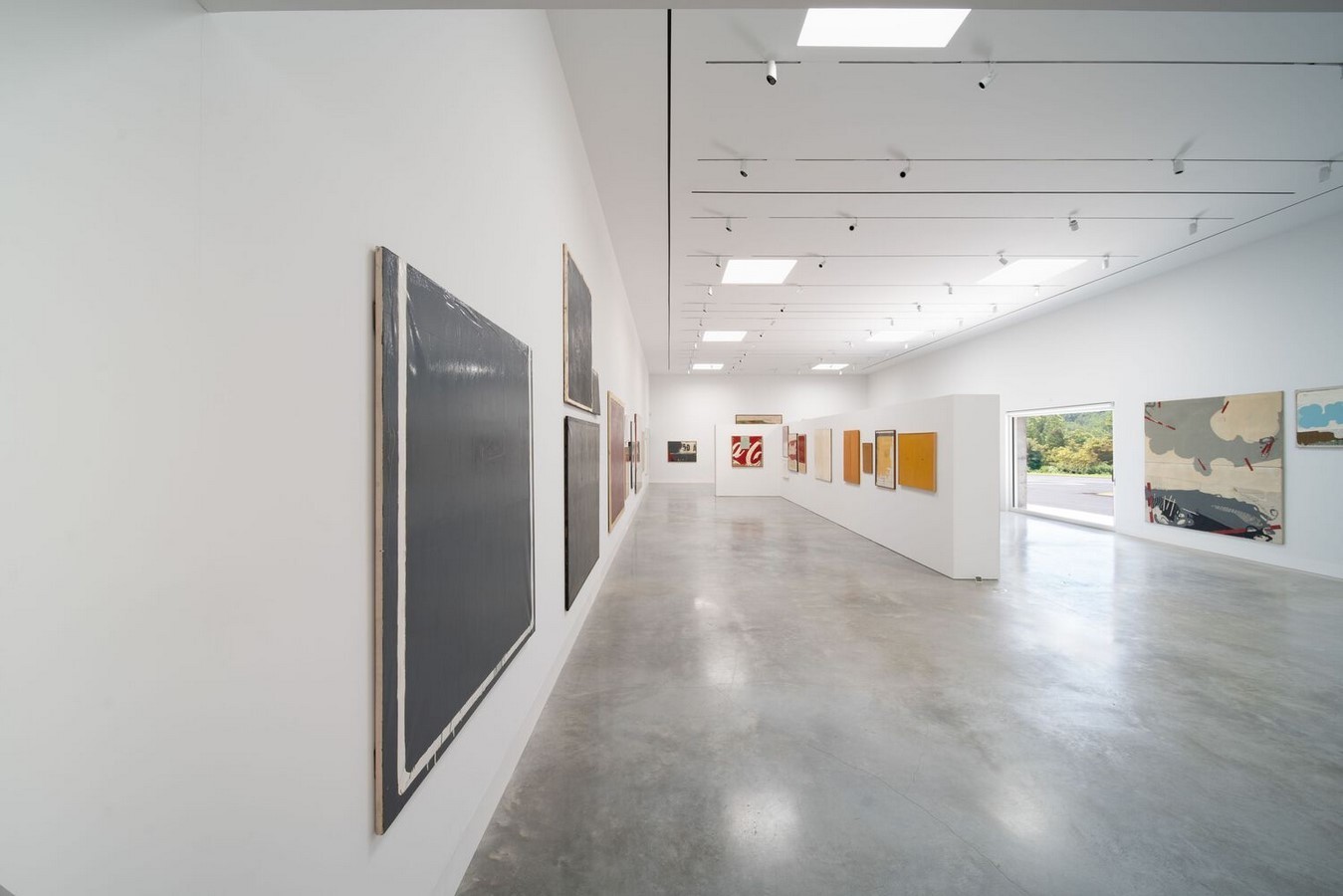
Architectural Features
With a floor height matching that of the existing buildings, the pavilion maintains a consistent architectural language. A central avenue serves as a common access plane, providing transparency on the ground floor and leading to a lobby that doubles as a bar. The transparent design of this space enhances spatial continuity and invites visitors to explore further.
Functional Spaces
The pavilion houses various functional spaces designed to accommodate diverse exhibitions and events. A double-height room for Murano glass showcases translucent walls, creating a captivating display of transparency. The temporary exhibition hall, located adjacent to the lobby, offers ample space for conferences and events, with the flexibility to adapt to different uses.
Outdoor Integration
Outside the pavilion, the Olnick Spanu Pavilion serves as a transitional space between the museum and the new building. Connected through the main avenue, it acts as a special reception area for new works before their incorporation into the museum’s collection.
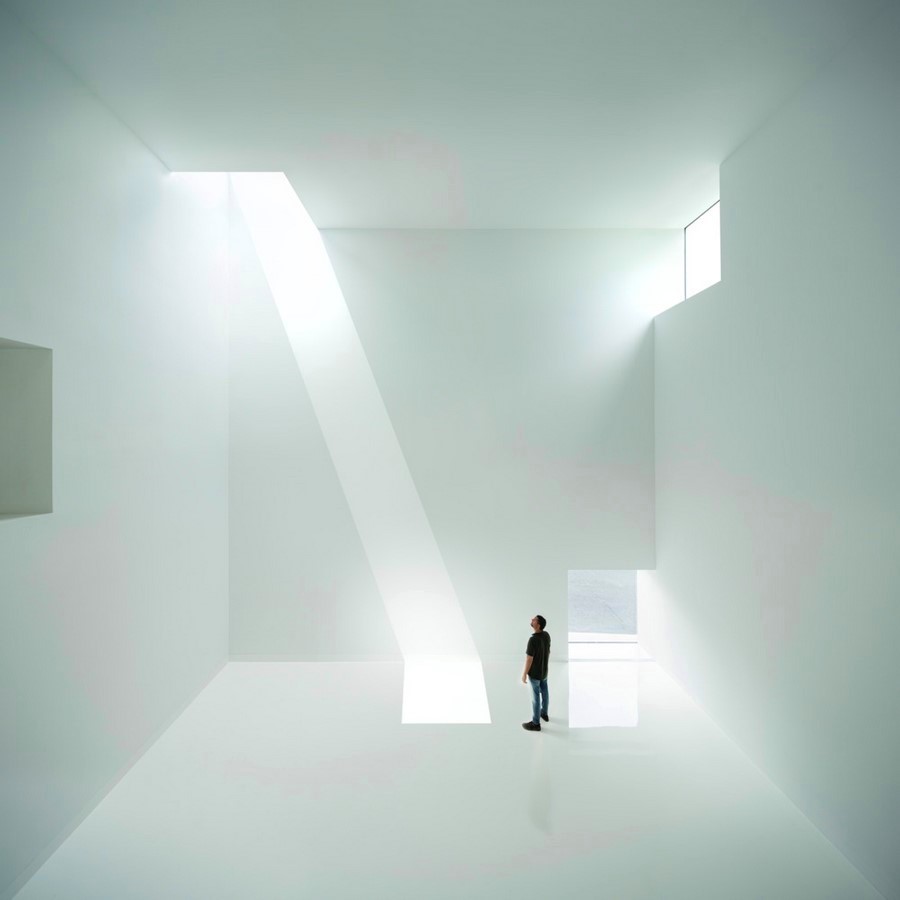
Future Potential
Anticipating future needs, the pavilion’s design allows for potential expansions, including basements for additional development. The integration of semi-basement spaces beneath the Murano area offers opportunities for classrooms or other educational purposes, enhancing the pavilion’s versatility.
Environmental Considerations
The architects carefully considered environmental factors, including the influence of the existing wetland area, mitigating any potential impact through simple geotechnical measures. The pavilion’s design ensures topographical suitability while maximizing natural light and ventilation.
The Robert Olnick Pavilion exemplifies a harmonious blend of architectural beauty and functional efficiency, enhancing the MagaZZino museum complex and providing a versatile space for exhibitions, events, and educational initiatives.

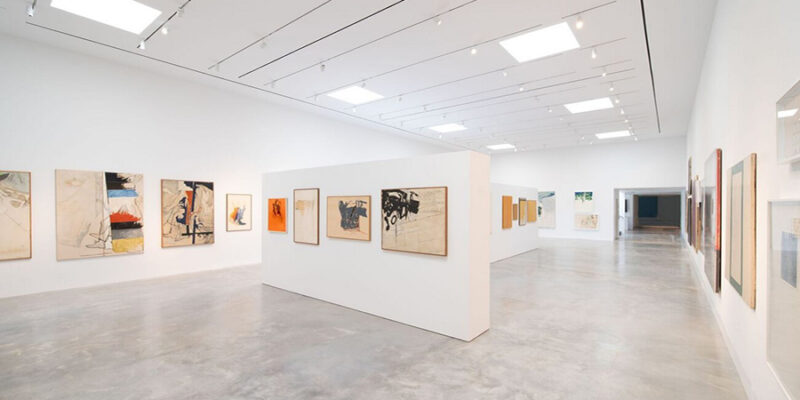
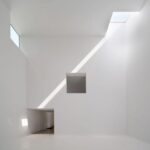





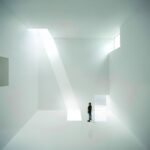
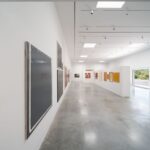
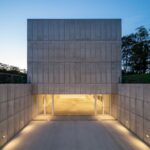

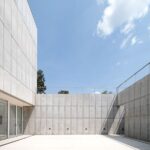
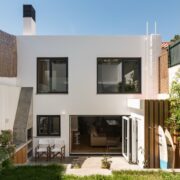

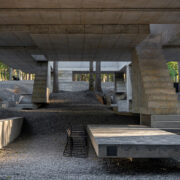

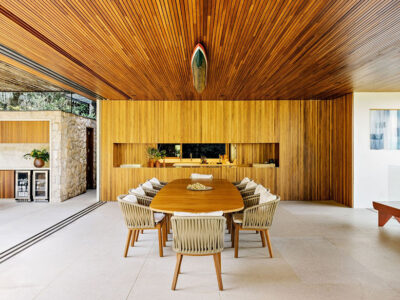
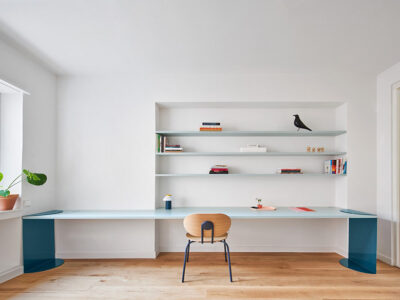
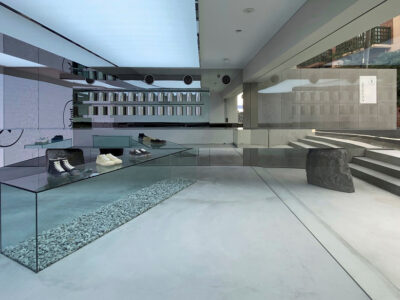
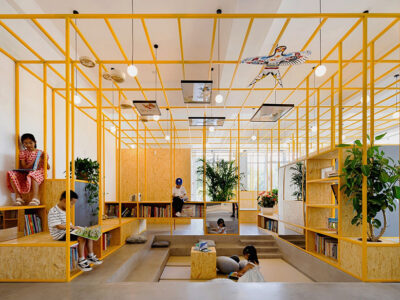
Comments